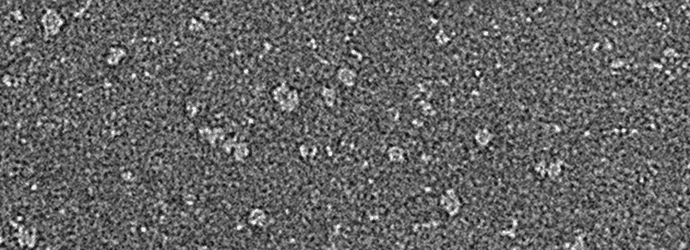An operon is a functioning unit of genomic DNA that contains a group of genes controlled by a single promoter. Put simply, these genes share information needed to create the tools for a particular task so they share a promoter ensuring they’ll all be transcribed together.
The lac, or lactose, operon is found in E. coli and some other enteric bacteria. This operon contains genes coding for proteins in charge of transporting lactose into the cytosol and digesting it into glucose.This glucose is then used to make energy.
The lac operon is exploited by molecular biologists, so we better understand how it works. This is also discussed briefly in Jeremy’s article on using the lac operon as a microscopy tool.
Tight regulation
Normally, the lac operon is turned off. A repressor protein binds the operator (control) region upstream of the operon preventing transcription.
When lactose is present outside the cell, it crosses the cell membrane and acts as an inducer of the operon. It does so once lactose is broken down to create allolactose. The lac operon is then transcribed and translated into proteins including permease, which embeds itself into the cell membrane facilitating lactose transport into the cell, and β-galactosidase, which eats up lactose to make glucose molecules. β-galactosidase also makes allolactose. This leads to a positive feedback loop.
This operon takes the stage when glucose levels are low. This is because of another protein, called catabolite activator protein (CAP), and cyclic adenosine monophosphate (cAMP) molecules. When glucose levels drop, cAMP levels increase until there is sufficient cAMP to bind and activate more CAP. CAP promotes RNA polymerase transcription of genes leading to an increase of lac operon expression.
Together, you have a negative regulator, the repressor protein, which is bound and deactivated by allolactose and a positive regulator, which is promoted by low glucose levels ensuring that when glucose levels are low, but lactose is present, the cell will switch to this alternative source of dinner.
So why are these jeans genes so fashionable in the lab and industry?
The lac operon has proved useful to scientists. Both the promoter and the genes have been picked apart and used in various ways.
Stay tuned to hear how you can get onto the lac operon bandwagon!







